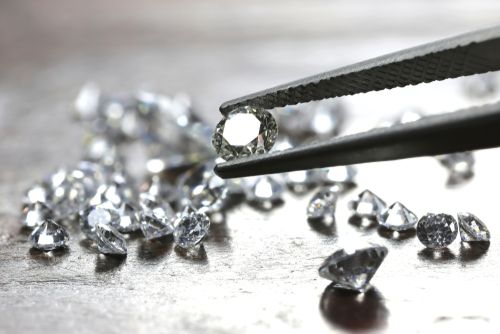
Diamonds are undoubtedly the most iconic gem stone of the past few hundred years age, but financially they can be either a fantastic investment, or a costly purchase.
The brilliant stones can be found in a range of settings, qualities and sizes. However, contrary to popular belief, just because a piece of jewellery is diamond set does not indicate quality or investment value. For example, diamond encrusted jewellery is usually set with multiple small stones, the smallest of which can be sized at a hundredth of a carat. Whilst they look glamourous, these diamond ‘chips’ as they are known, are abundant and cheap to purchase. Value and rarity is found only in the biggest, best quality stones – a diamond solitaire can be purchased at close to trade price and retain its value, but smaller stones are usually subject to the most undeserved mark-ups in the jewelers window.
Diamonds are graded by using the ‘4 C’s’ – colour, clarity, carat and cut. The combination of these qualities determines the desirability and open-market value of the stone. Imperfections, formed under intense heat and pressure when the gem was created billions of years ago, can blight the appearance and sparkle of a stone if they are too bountiful. Most stones mined are in the pale yellow or light brown colour range – but jewellery quality diamonds should be as colourless as possible. The larger a stone is, the more likely it is to include some lesser quality material, and therefore have some inclusions, or a patch of colour.
Depending on where you purchase the stone, you may be told that one of these factors is more important than the others. For example, colour and clarity is less important in older pieces whose value derives from their age. Similarly, some jewellery designers make a feature of imperfects which can add to the design value of a piece. However, if you are buying a modern diamond solitaire, there are no mitigating factors that make lesser quality stones more desirable - you should buy the best quality you can, and keep in mind that the greater the value of a stone, the smaller mark-up from trade price there will be.


 WhatsApp Us
WhatsApp Us


